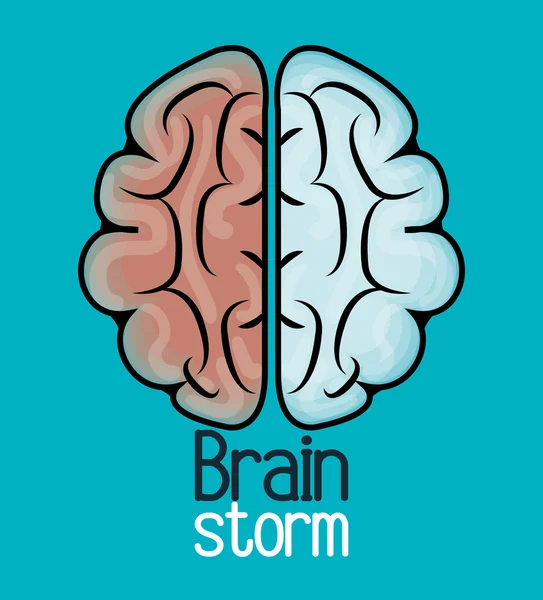

A good mix of participants will expand the experience pool and therefore broaden the idea space.īrainstorming may seem to lack constraints, but everyone must observe eight house rules and have someone acting as facilitator. They typically gather for a brainstorming session in a room with a large board/wall for pictures/Post-Its. “It is easier to tone down a wild idea than to think up a new one.”Įveryone in a design team should have a clear definition of the target problem. By not only harvesting our own ideas but also considering and building on colleagues’, we cover the problem from every angle imaginable. In brainstorming, we aim squarely at a design problem and produce an arsenal of potential solutions. Marketing CEO Alex Osborn, brainstorming’s “inventor”, captured the refined elements of creative problem-solving in his 1953 book, Applied Imagination. When teams work in a judgment-free atmosphere to find the real dimensions of a problem, they’re more likely to produce rough answers which they’ll refine into possible solutions later. By brainstorming, they can take a vast number of approaches-the more, the better-instead of just exploring conventional means and running into the associated obstacles. Although teams have rules and a facilitator to keep them on track, they are free to use out-of-the-box and lateral thinking to seek the most effective solutions to any design problem. It’s extremely popular for design teams because they can expand in all directions. How To Use Brainstorming Bestīrainstorming is part of design thinking.

Watch how to get serious, and fun, results with Brainstorming.


 0 kommentar(er)
0 kommentar(er)
